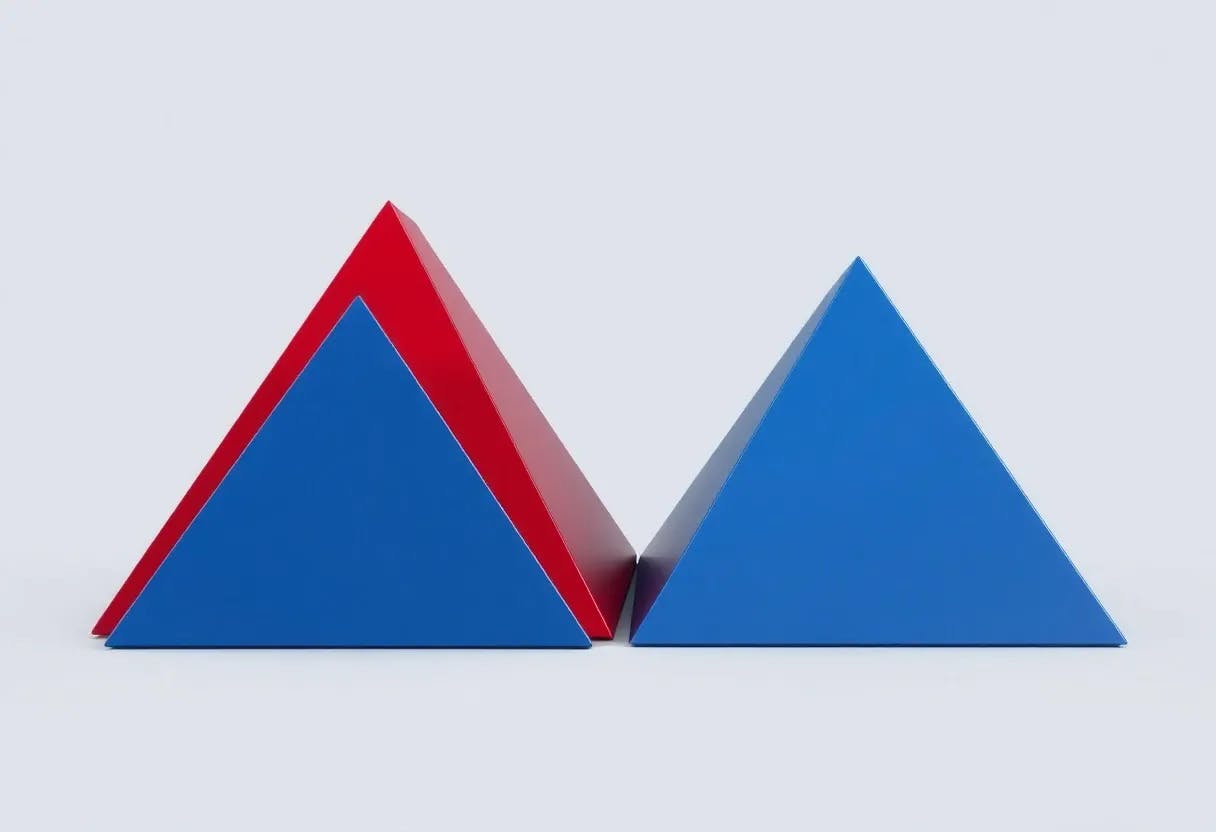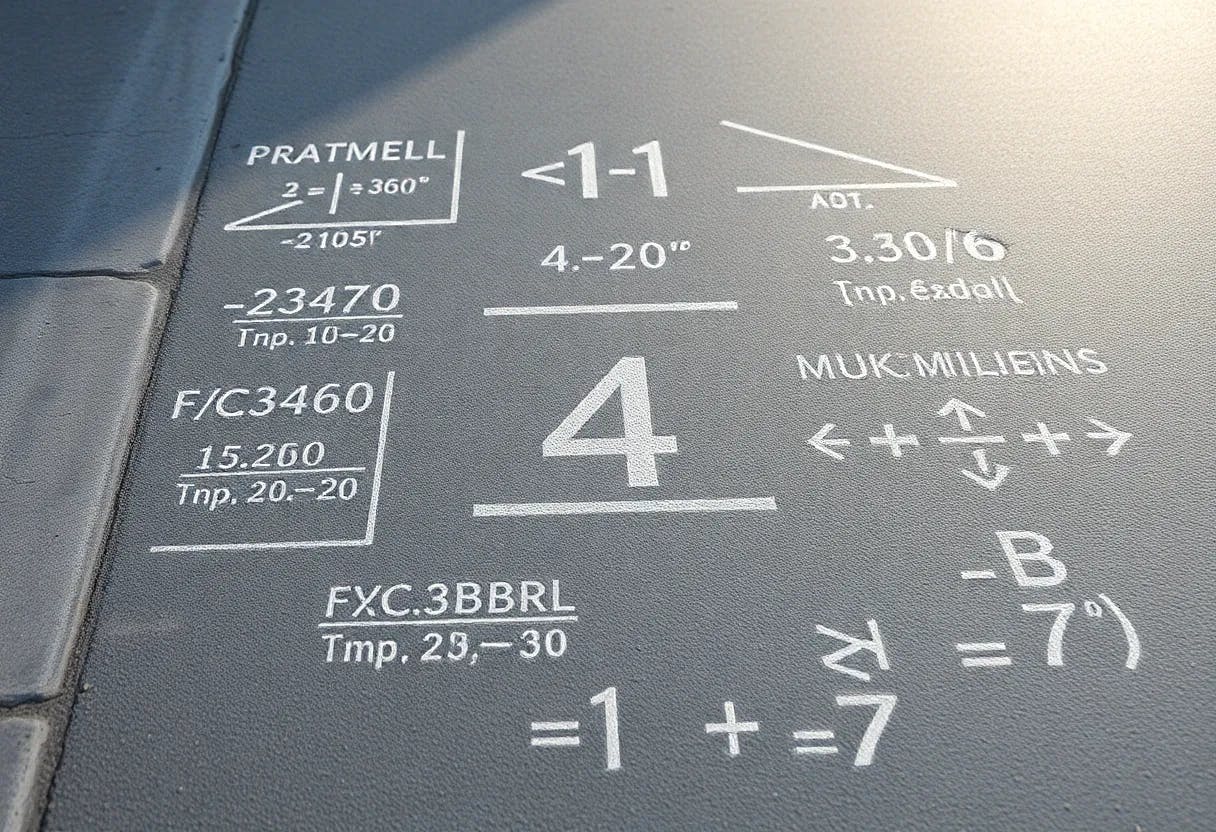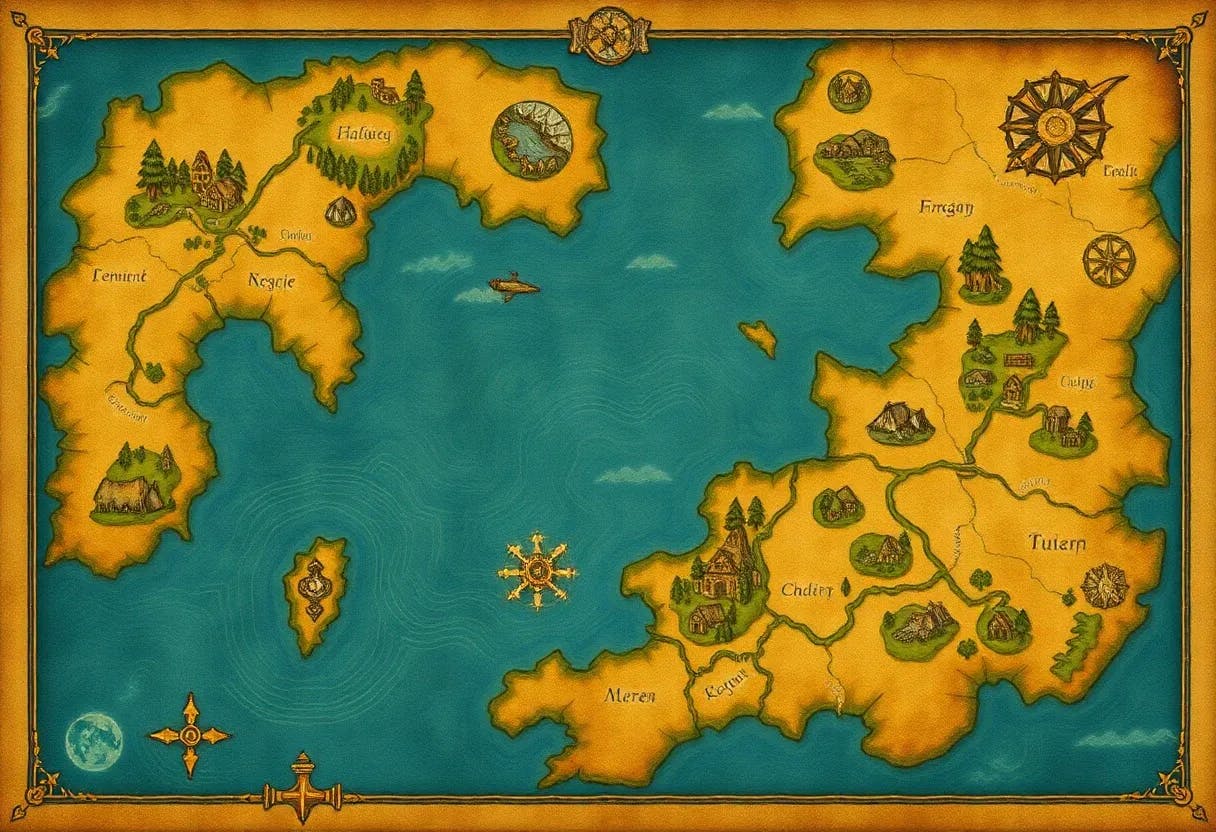
Temporal Hierarchies of Regular Languages: Missing Arguments for the Intermediary Statements
31 Jan 2025
This appendix is devoted to the missing arguments for the intermediary statements in the proof of Theorem 30

What Are Ordered Monoids? Ordered Monoids Explained
31 Jan 2025
An ordered monoid is a pair (M <) where M is a monoid and < is a partial order on M.

Defining Temporal Hierarchies and How We Proved That Corresponding Hierarchies Are Always Strict
31 Jan 2025
We defined temporal hierarchies using the unary temporal logic operator C 7→ TL(C). We looked at the bases G and G + when G is a group prevariety.

Optimal Imprints for TL(AT): Explaining Our Main Theorem
31 Jan 2025
We explain our main theorem and how it characterizes the TL(AT)-optimal imprints.

Rating Maps: The Framework That We Used
31 Jan 2025
We use the framework of [25] to handle covering. It is based on objects called rating maps. They “rate” covers.

What Are Temporal Hierarchies?
30 Jan 2025
We introduce the operator C 7→ TL(C) and use it to define temporal hierarchies. We compare them to the classic concatenation hierarchies.

The Preliminaries We Used to Classify Languages: Fixing a Finite Alphabet
30 Jan 2025
Here's the preliminaries we used to classify languages.

Temporal Hierarchies of Regular Languages: How We Classified Languages
30 Jan 2025
We classify the regular languages using an operator C 7→ TL(C). For each input class of languages C, it builds a larger class TL(C) consisting of all languages
